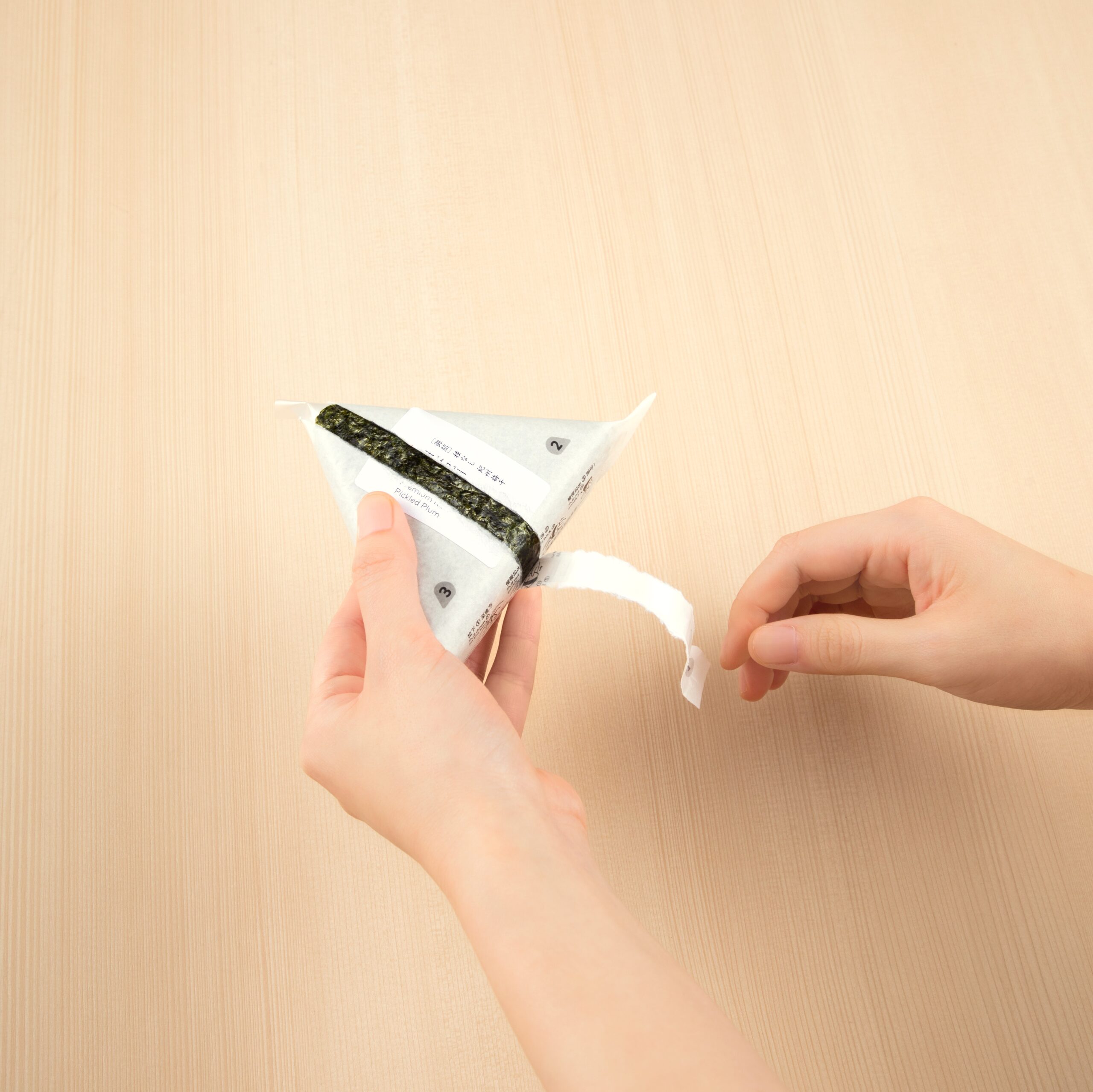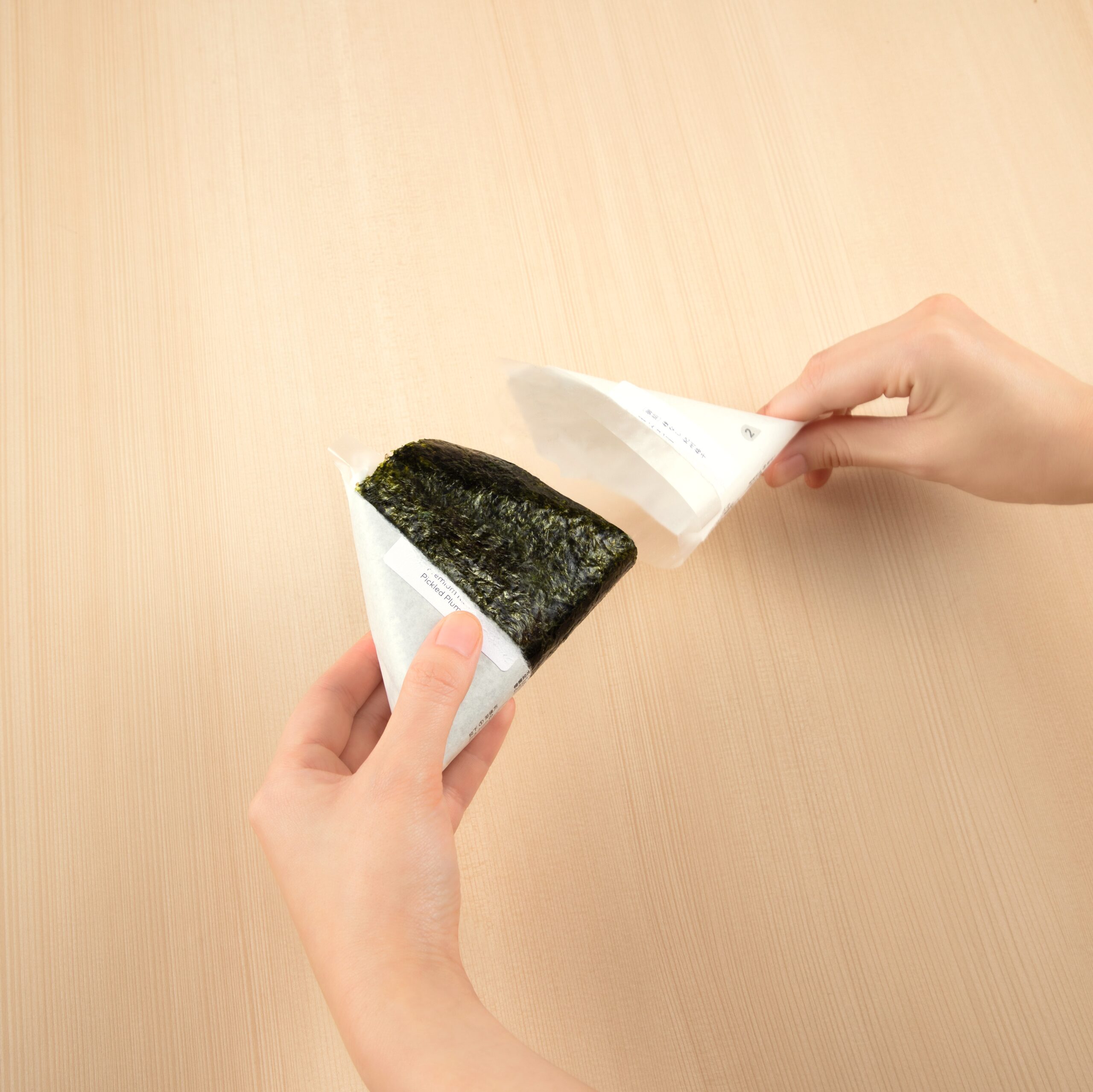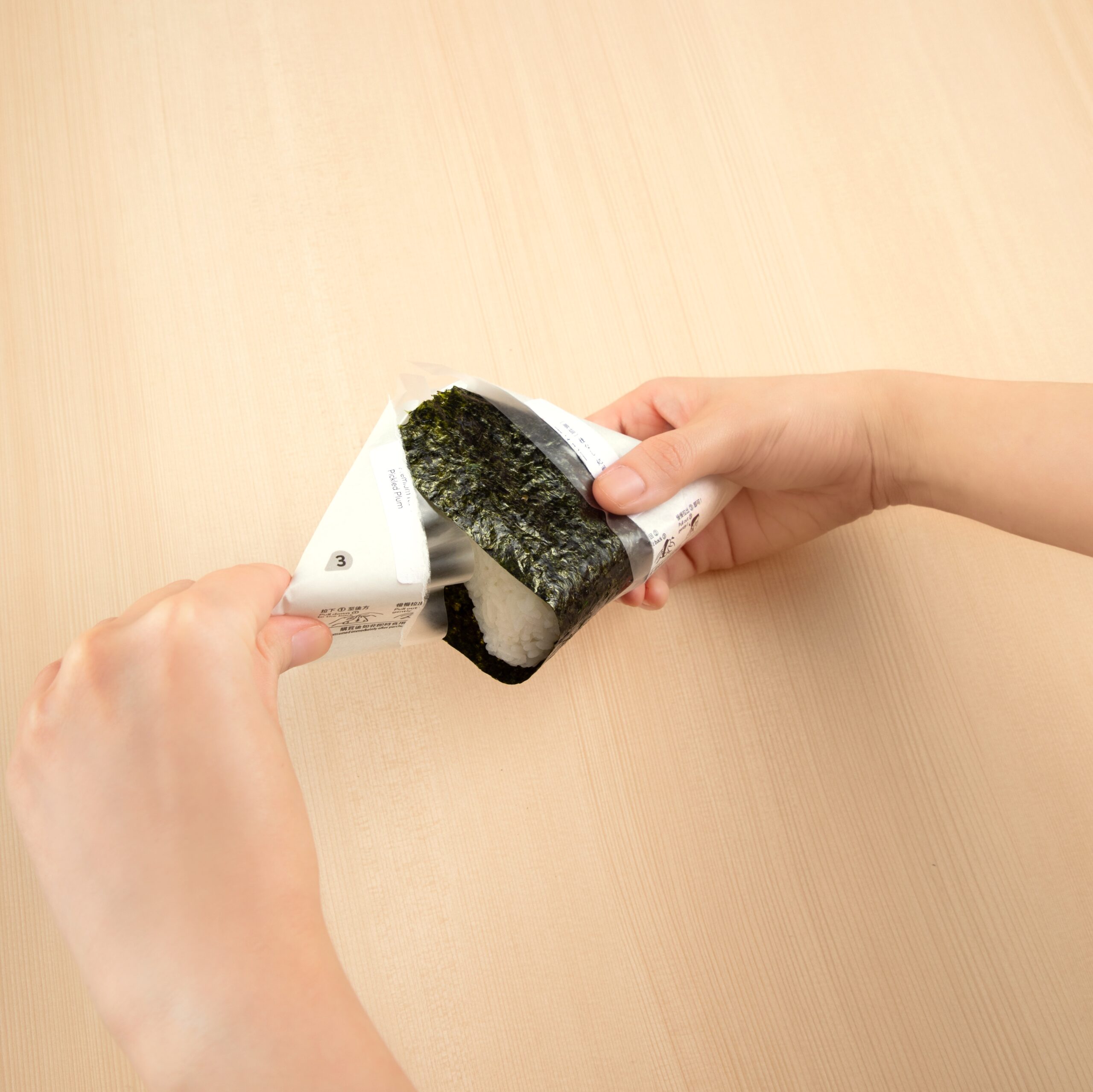Japanese rice, fragrant and soft, is the main staple of the Japanese and forms the basis of a wide range of rice dishes. Of these, Omusubi is one of the most widespread main dishes. Using merely three ingredients – rice, salt and seaweed – it spins into countless varieties using different fillings. As one of the pillars of Japanese food culture, it is also a homemade labour of love. Today, we want to tell you the story of Omusubi.
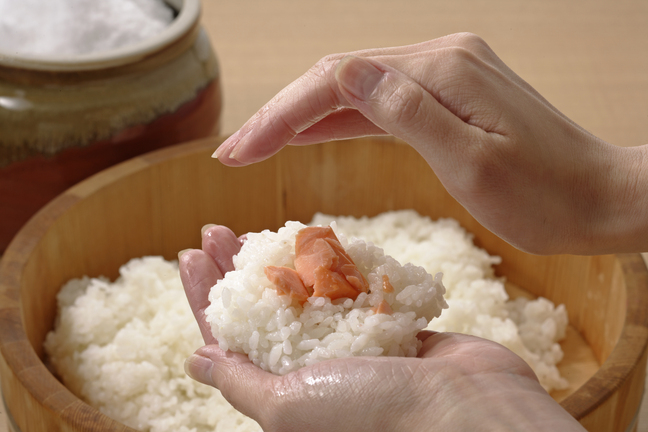
Omusubi in Japanese is お結び; the etymology is related to fostering connections, like tying strings together. When we eat Omusubi, we take in this idea and build relationships. In ancient Japan, people formed Omusubi into a triangular mountain-like shape out of respect to nature and for the mountain god’s blessings. Yet this simple food distills Japanese food preservation wisdom as well. Once white rice is steamed and cooked, it will begin to break down when it comes into contact with airbourne kōji. To prevent rice from going bad and going to waste, the Japanese made Omusubi to extend its edible period. The surface of Omusubi is lightly covered with a salt solution or salt, which prevents the rice from sticking to the maker’s hands and inhibits fermentation as an added benefit.
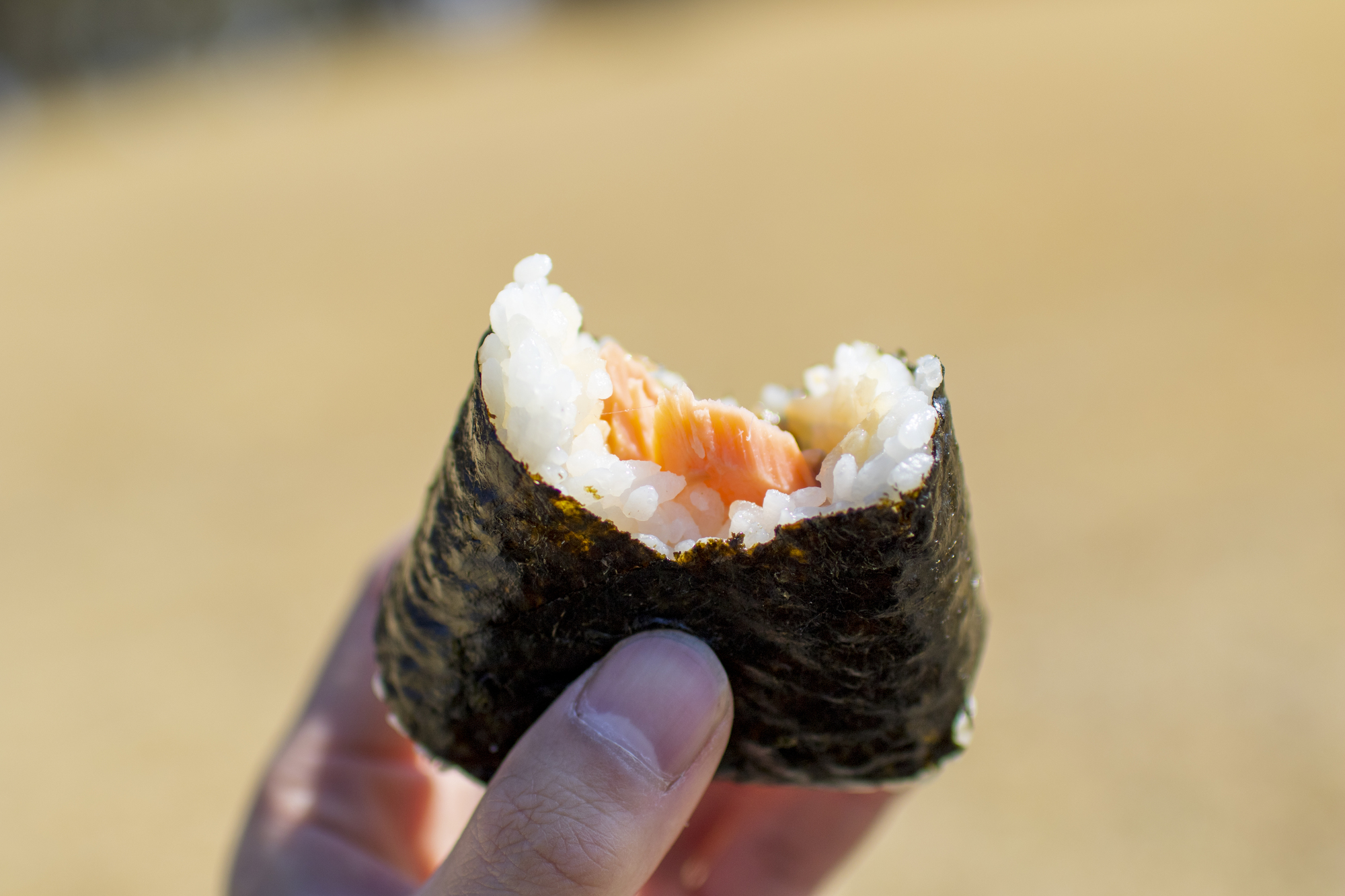
An invention for everyday convenience
There are so many different flavours of Omusubi, producing endless variations especially when combined with regional cuisines. In the past, Omusubi was found in household cooking only: each family had their own recipe, which brought a heartwarming satisfaction to family members when cooked with motherly care and love. About 40 years ago, the history of Omusubi took a dramatic turn. At that time, convenience stores in Japan introduced film packaging that wrapped rice and seaweed hygienically, allowing everyone to buy Omusubi on the go. This was hugely popular among office workers, students and young mothers. The most common flavours included the traditional plum, kombu, salmon and mentaiko, while fillings such as tuna salad, half-cooked eggs and fried chicken came as surprisingly pleasant new additions.
A lot of thought went into designing the Omusubi packaging, because seaweed, which is meant to be dry and crispy, slowly becomes soggy when in contact with moisture and heat. That’s why the seaweed has to be separated from the rice and fillings in a double layer packaging, so that the Omusubi’s freshness can be preserved until the last minute possible. A lot of people might feel a bit confused when opening an Omusubi for the first time. Just tear off and pull along the lines slowly as indicated by the instructions, and you will have a perfect seaweed-wrapped Omusubi in your hands!
